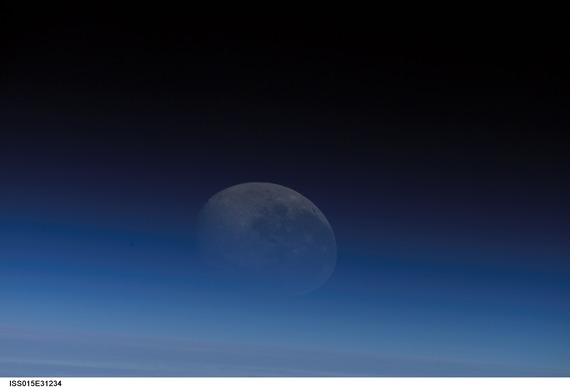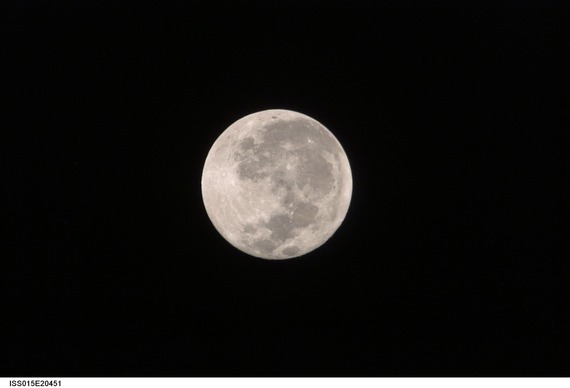Did you know that "Fly Me to the Moon", a popular song written in 1954 by Bart Howard, was originally titled "In Other Words"? First recorded by Kaye Ballard in 1954, most of those in my demographic more readily recognize Frank Sinatra's 1964 version, which was closely associated with the Apollo missions to the Moon.
So... who knew Frank Sinatra was a rocket scientist?!
Sinatra's 1964 recorded version, played on the Apollo 10 mission -- which orbited the Moon -- was also the first music ever heard on the Moon when it resonated throughout a tiny three-person space capsule via a portable cassette player (Google it!) used by Apollo 11 astronaut Buzz Aldrin after he stepped onto the lunar surface way back in 1969.
This is the song that NASA should be singing right now. Yes, I know the current push by our Federal Space Agency on social media is #JourneytoMars, but are we ready? Really ready? Nope, I don't think we're even close.
Most agree that Mars is the ultimate destination. And so do I. Theorists laud its "in situ" capabilities, with NASA Ames Research Center claiming (circa 2007) that "... in-situ resource utilization will enable the affordable establishment of extraterrestrial exploration and operations by minimizing the materials carried from Earth." Maybe so. The thin oxygen, nitrogen, argon and carbon rich atmosphere and the planet's Curiosity rover track-laden rusty red surface are full of needed sustenance. Through the use of properly developed, new technologies, we can extract --among other things -- the oxygen and hydrogen, needed to provide us with the necessary components leading to life support, propellants, construction materials, and energy.
All this is well and good. But how do we do it? How do we process these wonderful life-sustaining elements to make our reality begin to look like the solar-powered, potato-rich, inflatable habitat reality experienced by fictional Astronaut Mark Watney in Andy Weir's highly acclaimed novel The Martian? We need companies like Caterpillar, Inc., John Deere, Ditch Witch and The Culligan Man to lead the way. Partnerships relying on these stalwart corporations would truly be space commercialization at its finest.
And what better place to enable and test the development of all this needed technology than the Moon? A mere three day's journey away, the travel route is on known and proven trajectories. Communication delays are minimal and we are close enough to "correct" process and design flaws while maintaining needed rescue capability as we learn what is truly required to launch a viable --and sustainable -- human expedition to Mars.
I hope what I'm hearing is true -- that leadership might be starting to position the storied space agency for a possible shift in our Red Planet "destinational pathway." So "In Other Words," c'mon NASA, the time is now -- "Fly Me to the Moon"! After all, isn't that the best way for us to "... see what spring is like on Jupiter and Mars?!"

